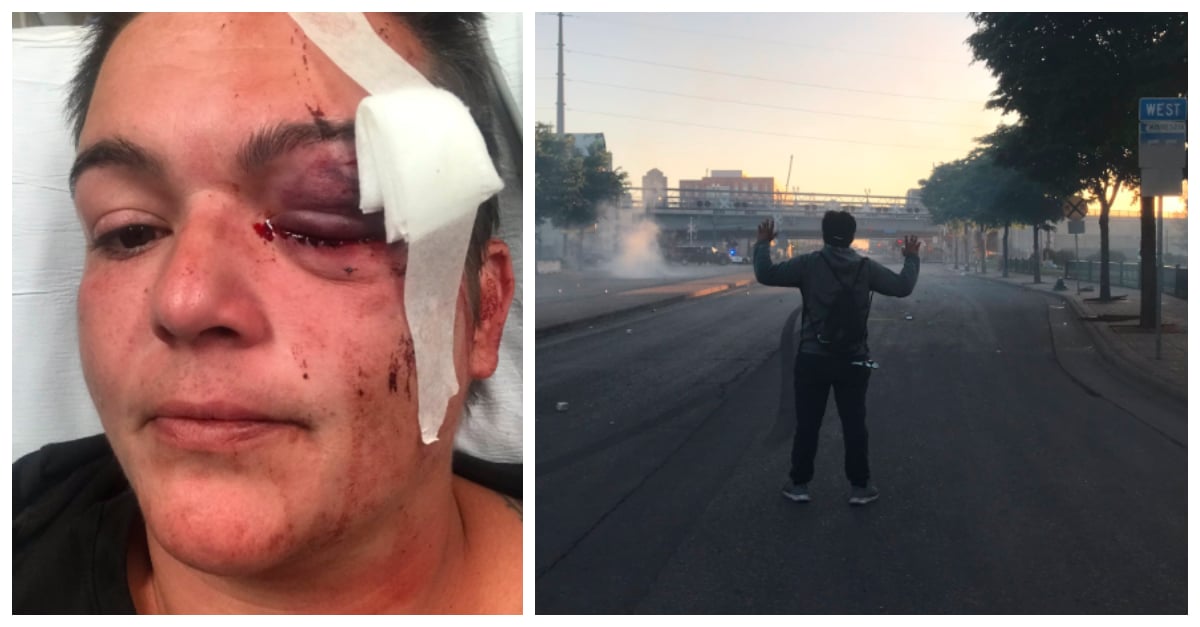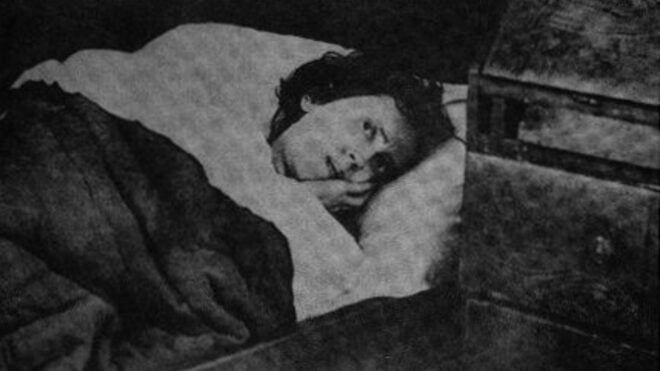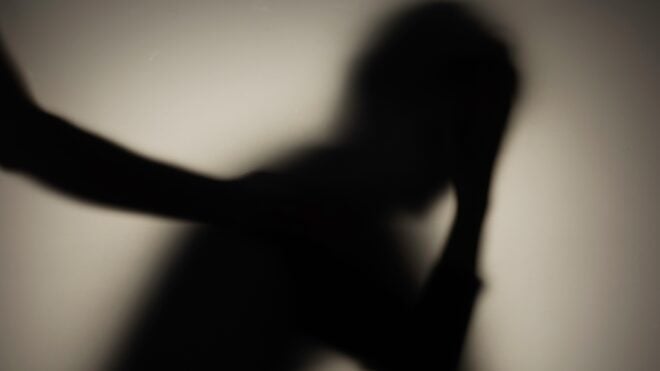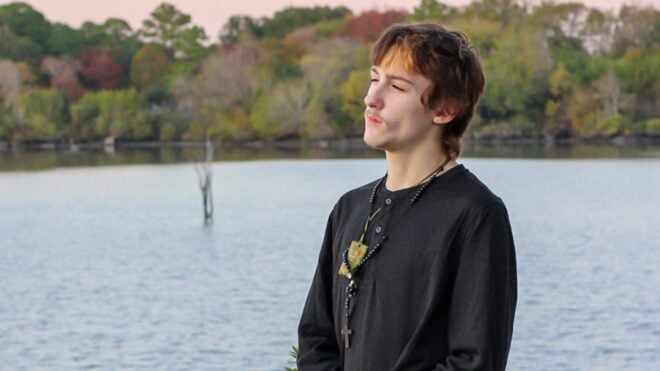
We’re living through a modern-day civil rights movement. It’s a movement that seems to be growing stronger, with more and more people — celebrities, talk show hosts, businesses, and individuals, pledging their support each day. In the wake of George Floyd’s devastating and wrongful death, many who once wanted to remain neutral are now focused on change and saying out loud, maybe for the first time, “Black lives matter.”
At the forefront of the movement, like at just about any movement in history, are photojournalists. We need them more than ever because pictures are crucial at capturing the powerful moments that are taking place all over the country. From the beautiful moments, like police taking off their protective gear and joining in on protests, to the painful ones, like black mothers weeping out of fear for their children, images allow us not just to see but to feel and to process the shifting world around us.
But there is some worry across several communities that journalists and photojournalists may be becoming a target. On Friday night, photojournalist Linda Tirado was shot in the eye by a rubber bullet while covering an anti-police brutality protest in Minneapolis. But it wasn't an isolated incident. There have been more than two dozen incidents of journalists experiencing violence while covering the recent demonstrations.
Not only is it a time of great change, but it's a time when a lot of people are living in fear. No one has more to worry about than black people, who are accustomed to fearing the police. The growing outrage over the number of incidents that have been caught on video in recent years is a massively positive step. Still, it's something that's been a reality for people of color for a very long time. With the widespread use of smartphones, the wider community is only now just starting to see what they regularly experience.
However, there’s also been growing backlash toward the media in recent years, and some news organizations have become the targets of violence. And now it appears we’re seeing that come to light once again during these ongoing demonstrations. Linda Tirado was one victim of that violence. She says she is permanently blind in her left eye as the result of being shot with a rubber bullet. Luckily, she uses her right eye for looking through her lens while taking photographs.
Linda has been sharing health updates on her Twitter page since she sustained the injury on Friday. This weekend, she wrote, "I am permanently blind in my left eye, and the docs absolutely refuse to let me go back to work for they say six weeks. I'm definitely not allowed to be near smoke or gas. Usually, if I had to stay home I'd spend a lot of time amplifying folk but reading hurts today."
The Minneapolis Police Department and Mayor Jacob Frey's office didn't respond to requests for comment about Linda's injury. But it seems to be a sign of the times. We've seen other incidents take place this week involving the media — who, in most cases, were clearly covering the events, not protesting. It is not only crucial that those individuals feel safe while working. It is also deeply important that they get to continue doing their work so that Americans can see their coverage.
However, this isn’t exactly a new phenomenon. We’ve seen journalists become the target of violence in the past. In the civil rights era, during the 2015 protests in Ferguson, and during other heated times in American history, journalists have not always felt safe. While it seems like a very American right to be able to able to see and read the news, it isn’t one that comes freely.
Journalists covering these escalating situations may find themselves in harm’s way — which makes those on the front lines of these historic events truly brave.
"Targeted attacks on journalists, media crews, and news organizations covering the demonstrations show a complete disregard for their critical role in documenting issues of public interest and are an unacceptable attempt to intimidate them," said Carlos Martínez de la Serna, program director at the nonprofit advocacy group Committee to Protect Journalists, in a statement Saturday. "Authorities in cities across the U.S. need to instruct police not to target journalists and ensure they can report safely on the protests without fear of injury or retaliation."
There have been many beautiful moments over the past week. So many people have come together to raise their voices in beautiful acts of solidarity. It must be mentioned that many police officers have been outspoken about the need for change, too. Some have even joined forces with the protesters to march alongside them. However, there have been so many disturbing incidents, as well.
In an interview, Linda spoke about what happened that led to her being shot in the eye. She said that police did not even issue the standard warning telling protesters to disband before releasing tear gas and firing rubber bullets. So while many people are blaming protesters for aggressive acts, it seems like some of that violence is beginning with the police.
Linda wasn't sure what had happened right away. She says she was getting ready to take a picture, when she felt something hit her face. It instantly started swelling and she found herself covered in blood. "I just started yelling, 'I'm press! I'm press!'" she told CBC News. From there, other protesters dragged her out of the scene and got her to the hospital. She says she was in surgery within an hour.
"I might be able to see some light and shadow," Linda says. Aside from that, the vision in her left eye is gone — permanently — as a result of doing her job. Linda is currently an uninsured American, and she has two young children.
Linda's story is unsettling, but she doesn't feel it was a mistake. She told People that it would have been hard to mistake her for a protester. "I think we know that they're targeting journalists because there's no way any officer would have mistaken me for a protester … with my camera out and with my press pass dangling from my neck."




